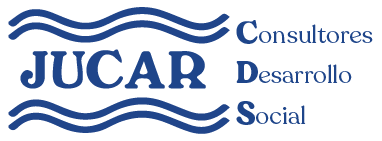Content
The interest rate is the part of a loan charged to the borrower, expressed as an annual percentage of the outstanding loan amount. Interest is accrued daily, and this accumulation must be recorded periodically (each month for example). The Revenue Recognition Principle requires that the interest revenue accrued is recorded in the period when earned. Periodic interest accrued is recorded in Interest Revenue and Interest Receivable.
Employee cash advances where the company asks the employee to sign a promissory note are another way notes receivable come about. As you’ve learned, accounts receivable is typically a more informal arrangement between a company and customer that is resolved within a year and does not include interest payments. In contrast, notes receivable (an asset) is a more formal legal contract between the buyer and the company, which requires a specific payment amount at a predetermined future date. The length of contract is typically over a year, or beyond one operating cycle. There is also generally an interest requirement because the financial loan amount may be larger than accounts receivable, and the length of contract is possibly longer. A note can be requested or extended in exchange for products and services or in exchange for cash (usually in the case of a financial lender).
Structure and content of financial statements in general
Unlike cash or other liquid assets, notes receivable cannot be easily converted into cash without going through a lengthy and sometimes complicated process. Note receivables can be classified as either current assets, if they are expected to be paid within one year, or non-current assets if their repayment date extends beyond one year. This classification determines where the note will appear on your company’s financial statements.
- The final major asset category we will examine in detail is notes receivable, which, like investments, can either be a short-term or long-term asset, depending on the maturity date.
- Companies record accounts receivable as assets on their balance sheets because there is a legal obligation for the customer to pay the debt.
- A contingent liability is a possible liability that may or may not occur depending on some future event.
- The principal of a note is the initial loan amount, not including interest, requested by the customer.
- So far, our discussion of receivables has focused solely on accounts receivable.
There are different types to consider when it comes to financial instruments that are not issued at face value. This happens when the interest rate offered by the document is lower than the interest rates in the market. Investors may want a discount to compensate for their expected lower return.
The Debtor
Notes receivable can be between a business and any other party — another business, a financial institution or an individual. Most often, they come about when a customer needs more time law firm bookkeeping to pay for a sale than the standard billing terms. As a trade-off for agreeing to slower payment, payees charge interest and require a signed promissory note for legal purposes.
Several characteristics of notes receivable further define the contract elements and scope of use. A note receivable represents a written, https://investrecords.com/the-importance-of-accurate-bookkeeping-for-law-firms-a-comprehensive-guide/ future promise to pay a specified amount. It’s recorded as a current asset on the balance sheet of the company who receives or accepts it.
